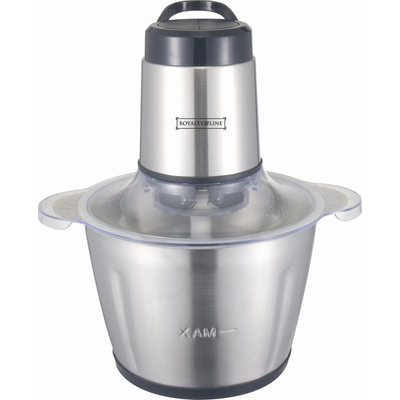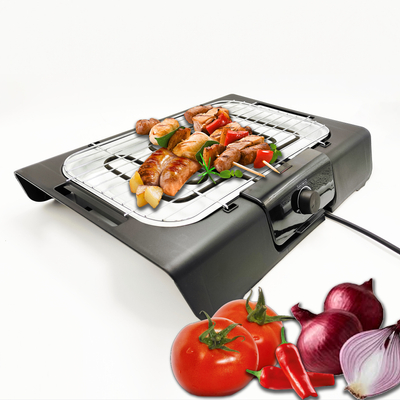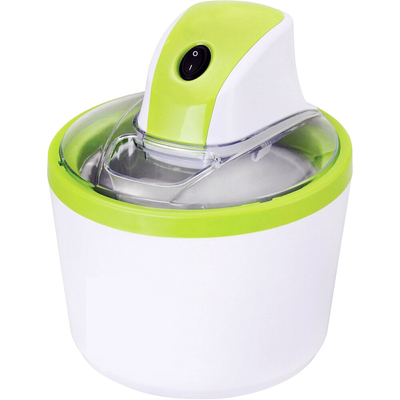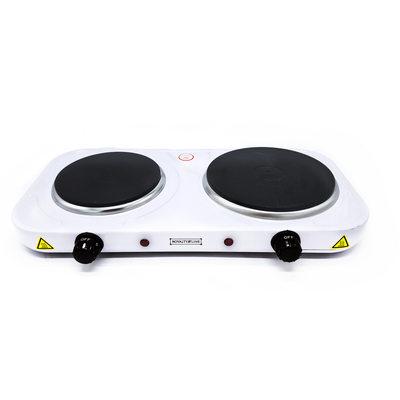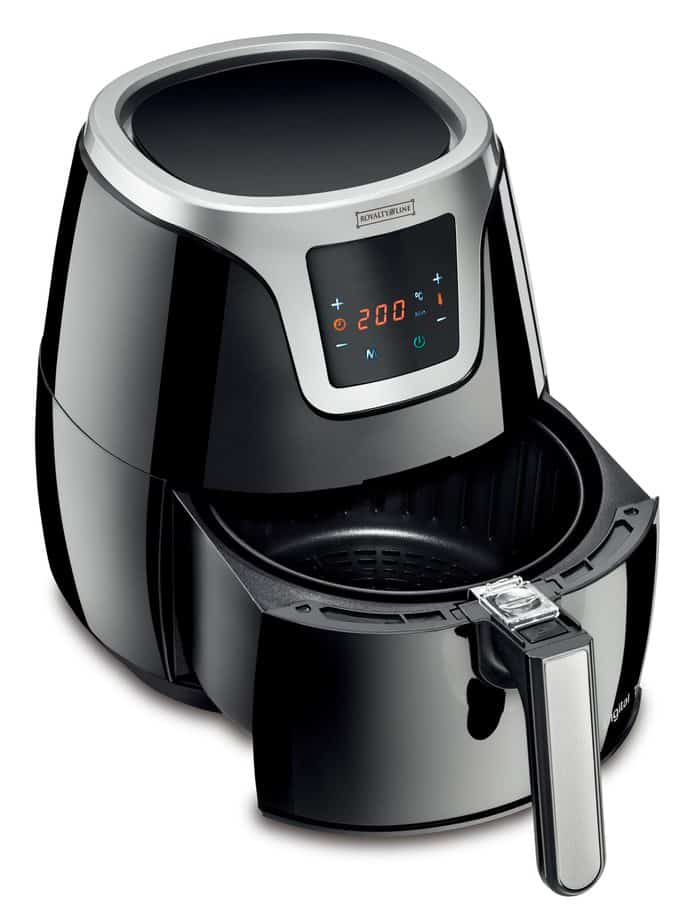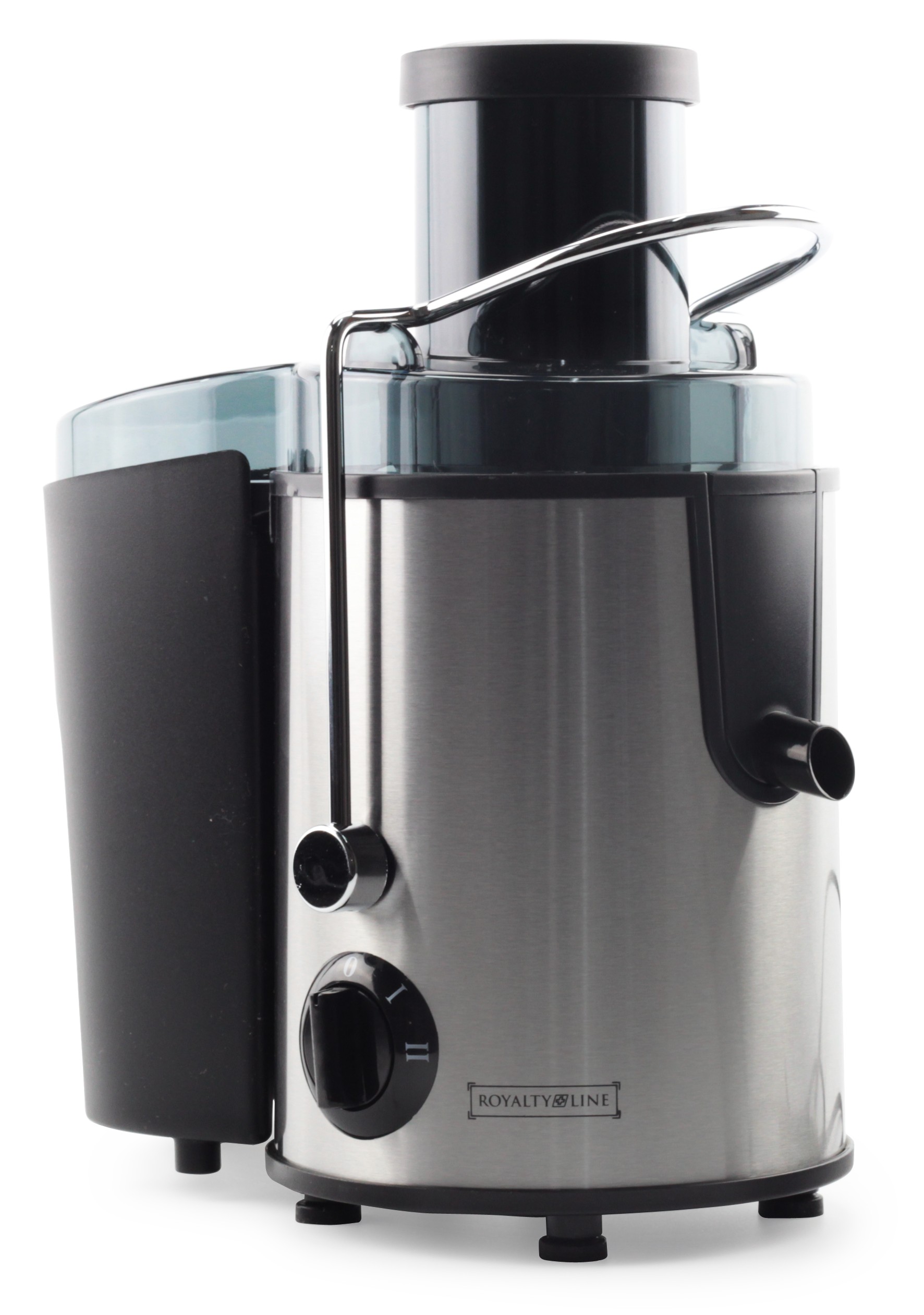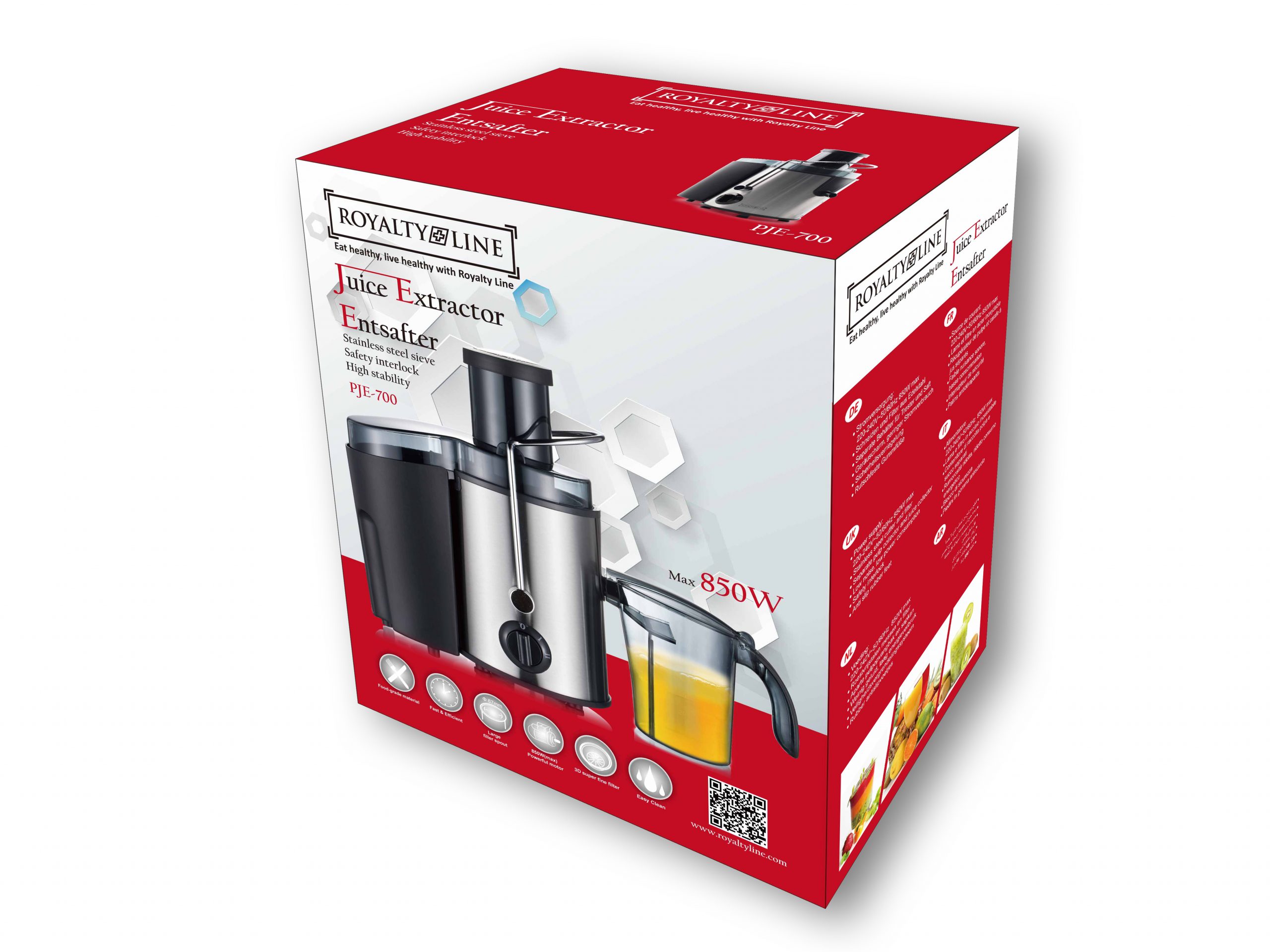
Royalty Line PKM-1900.7; Kitchen Machine 1900W Royalty Line RL-PKM1900.7 : Wholesale Dropshipping Supplier in Europe | MSY Invest
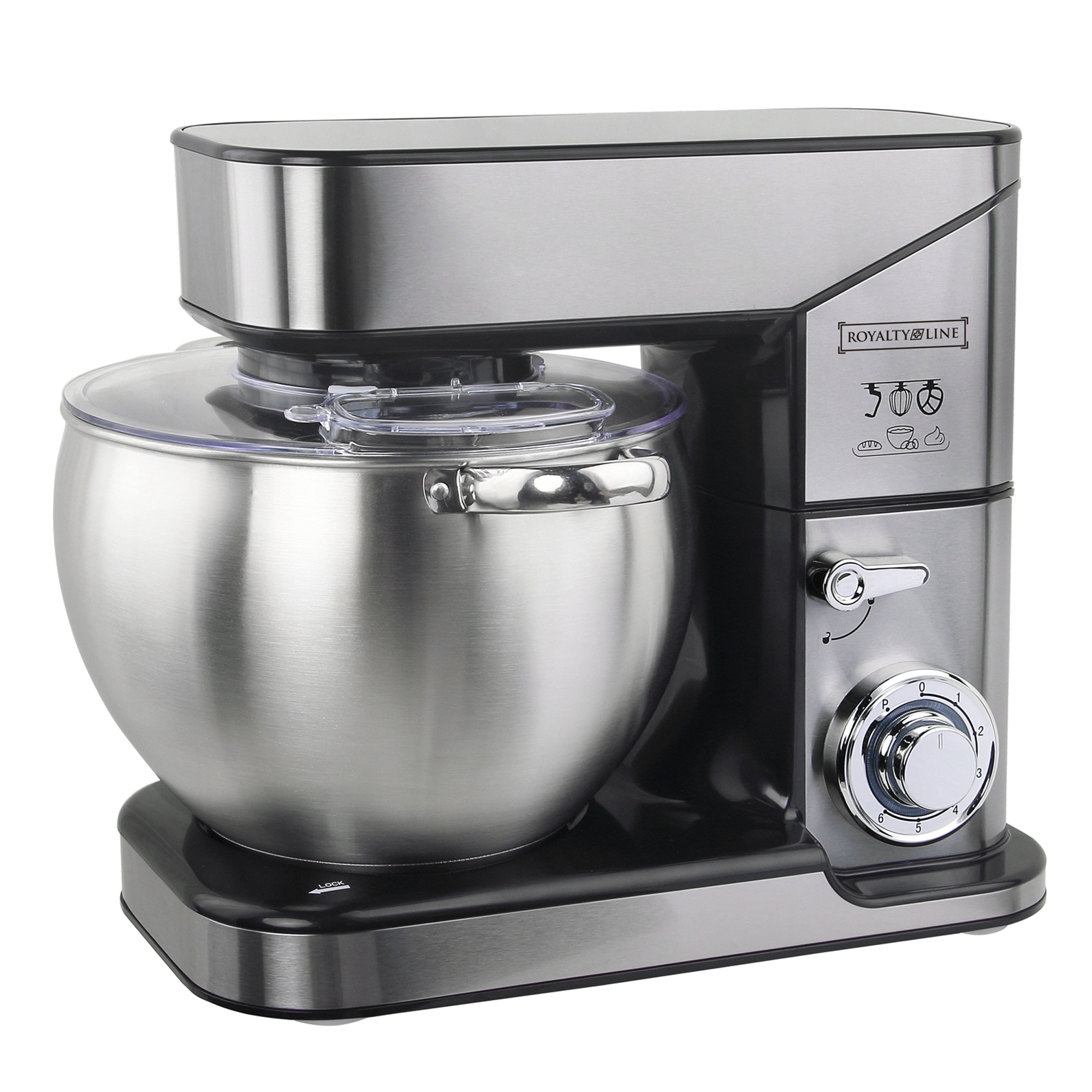
Royalty Line 2500W Max. Power Kitchen Machine/Stand Mixer Royalty Line RL-PKM2500 : Wholesale Dropshipping Supplier in Europe | MSY Invest

Royalty Line PKM-1900.7; Kitchen Machine 1900W Royalty Line RL-PKM1900.7 : Wholesale Dropshipping Supplier in Europe | MSY Invest

RC Bait Boat 500M Wireless Remote Control Fishing Bait Boat Fishing Feeder Ship Fishing Equipment 1.5KG Load 2023 New - AliExpress
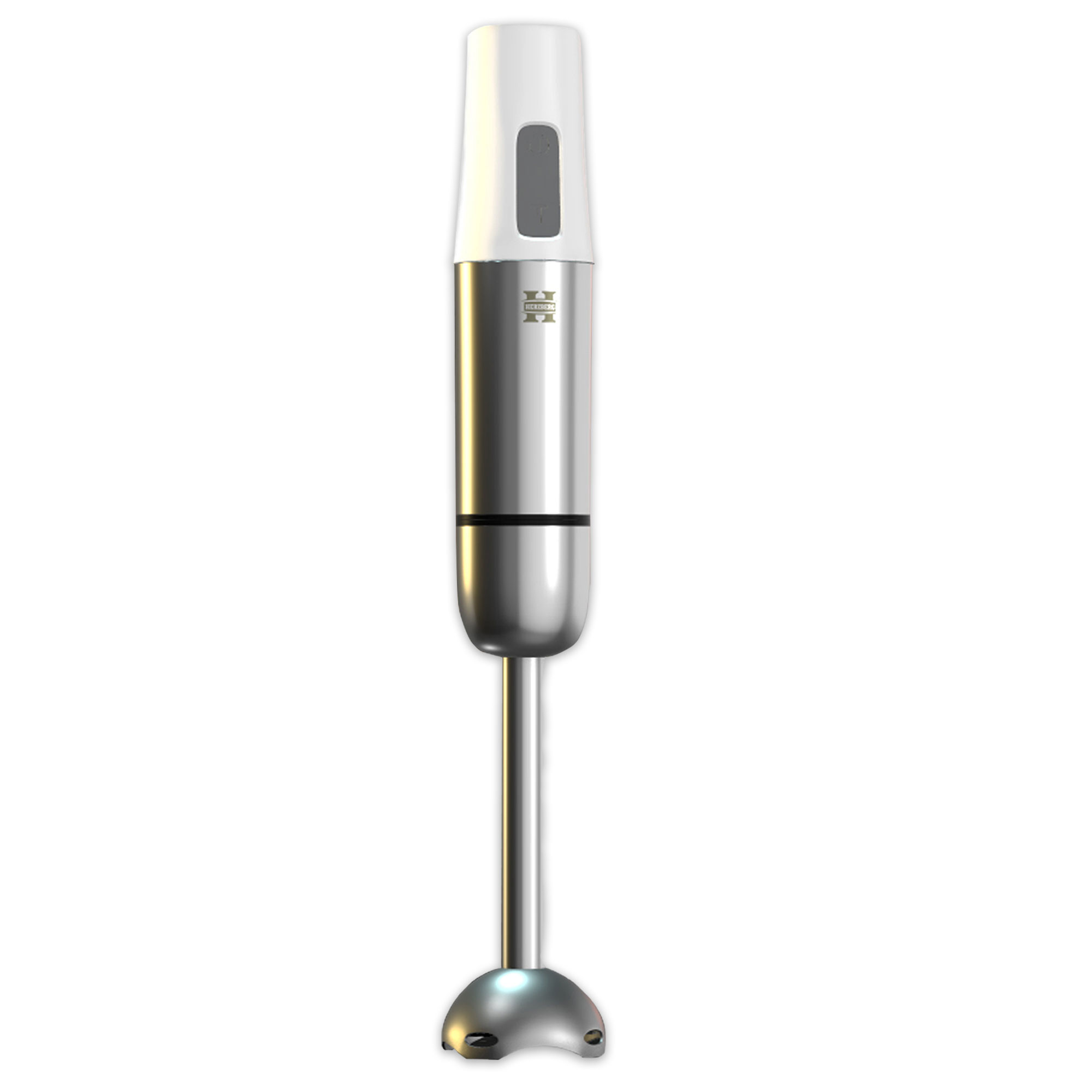
Royalty Line 3in1 Standmixer, Blender, Meat Grinder - 2500W Max Royalty Line RL-PKM2500BG : Wholesale Dropshipping Supplier in Europe | MSY Invest





